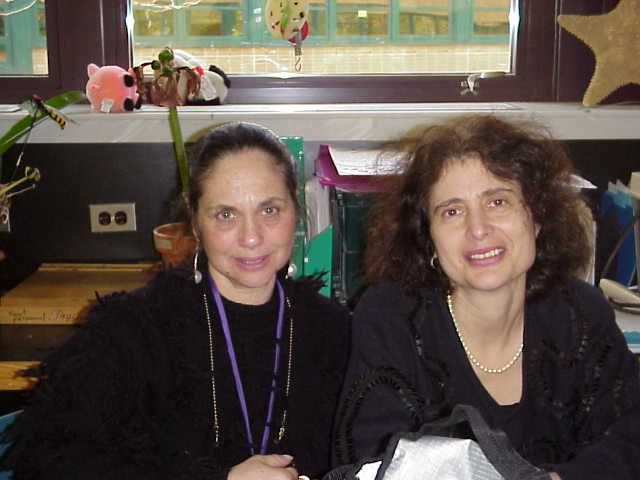Project URL:
www.superxy.org/eggcellentproject.htm
How it works:
Students are placed in groups of four, representing a family unit
responsible for the care of a baby born with a genetic defect. The
teacher can decide which disease the baby has, but the group can also
request a specific genetic disease. (The group decides who is in the
family unit, though they are equally responsible for the baby's care.)
The students "dress" the baby, which is actually a raw
egg (awards are given for the best-dressed); decorate its "home";
design a birth certificate; and keep a daily log of the baby's
care for a week. This includes therapy and other treatments
for the disease. The reactions of peers and admirers to the
baby's "defect" are also recorded.
The students write
various letters: to
a scientist researching the disease; from a genetics counselor to the
future parents of a child with a defect; for a grant to pursue
research about the disease; to a friend telling them about the
baby's disease; and from a doctor informing the parents of their baby's
disease and its treatment. Each family member writes a
different letter. They also research the disease, identify support
groups, and investigate the latest treatments and prenatal tests available. All
of the above components are then put into either a family album, a PowerPoint
presentation, or a web page.
Standards addressed:
The students read, write, listen, and speak for information and
understanding; understand and apply scientific concepts, principles, and theories
pertaining to physical setting and living environment and
recognize the historical development of ideas in science; apply the
knowledge and thinking skills of mathematics, science, and technology
to address
real-life problems and make informed decisions; and are knowledgeable about
and make use of the materials and resources available for
participation in the arts in various roles.
Materials
used:
This program requires a computer with Internet access, a printer,
drawing materials, decorative papers and fabrics, raw eggs, and
Easter-type baskets or containers. A digital
camera is useful for taking photographs of the baby eggs.
The students:
The students participating in this program are advanced eighth graders
enrolled in the Regents Living Environment course. The program can, however, be
used with any group of students in the ninth grade and above. If the
students are not advanced, more class time should be spent helping the students prepare for their final
presentation.
Overall value:
An
"Eggcellent" Project About Genetic Diseases allows students to experience the responsibility involved
in caring for a child with a birth defect, and provides them with a
hands-on approach to learning about the more common human genetic
diseases. Students enjoy working on this project and the resultant friendly
competition encourages them to excel. Other students, teachers, and parents are involved as they are often asked to
become "caretakers." Because of the interdisciplinary
nature, every student is anxious to participate.
Tips:
Students may involve their families as "babysitters." The
March of Dimes Foundation can supply information regarding their
baby's birth defect.
|

About the teachers:
Joyce Kent is the biology teacher in an English/Biology
partnership and has taught Living Environment/Biology for over 25
years. She has received the Science Teacher of the Year Award from
Westchester STANYS and was honored by the Westchester/Rockland
Supervisor Association for her innovative science teaching. She
is also the recipient of grants administered by Reader's Digest, BOCES,
Albert Leonard PTA, and the Teaching Center of New Rochelle. As
a NYS biology mentor, she has given several workshops for teachers in
the Hudson Valley area.
Toby Weber is in her twentieth year of teaching Language Arts and has
taught all levels from grades 7 - 12. She was honored last year
at the
annual NYS English Council Conference as an Educator of Excellence and
is in her fourth year of team teaching with Joyce Kent.
E-mail:
superxy@optonline.net
coolgoose111@aol.com
Subject Areas:
Science
Language Arts
Technology
Grade Levels:
8-12
|